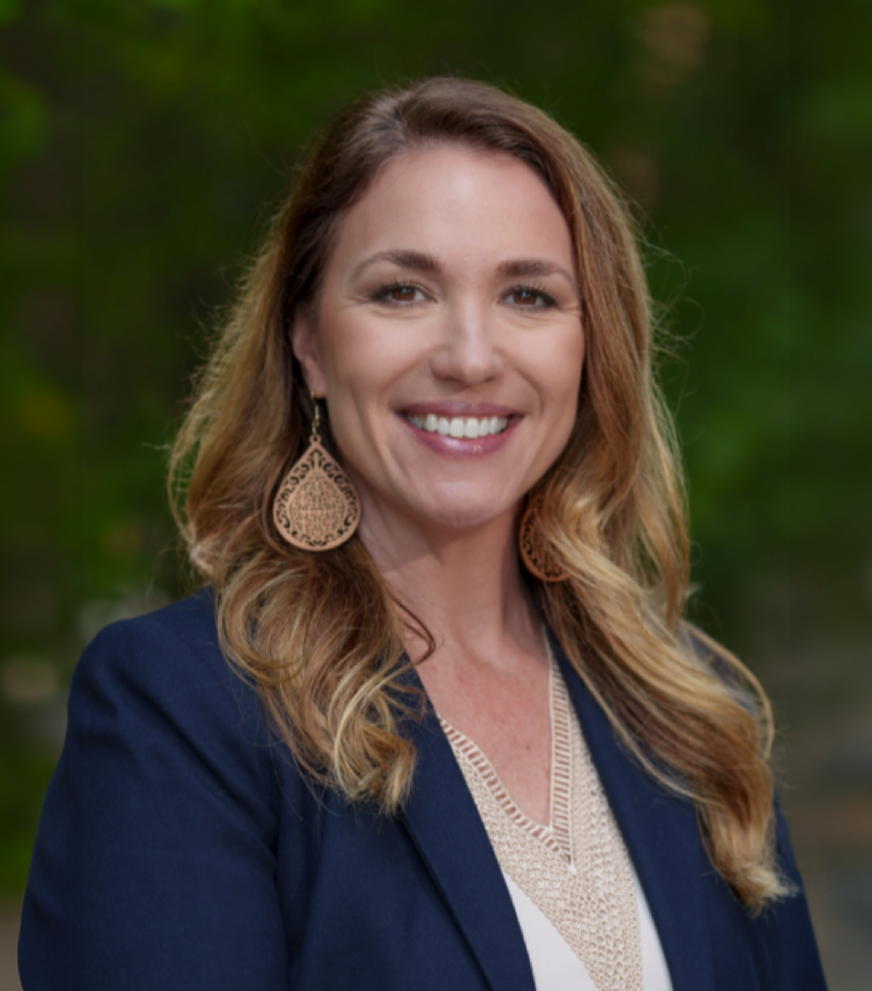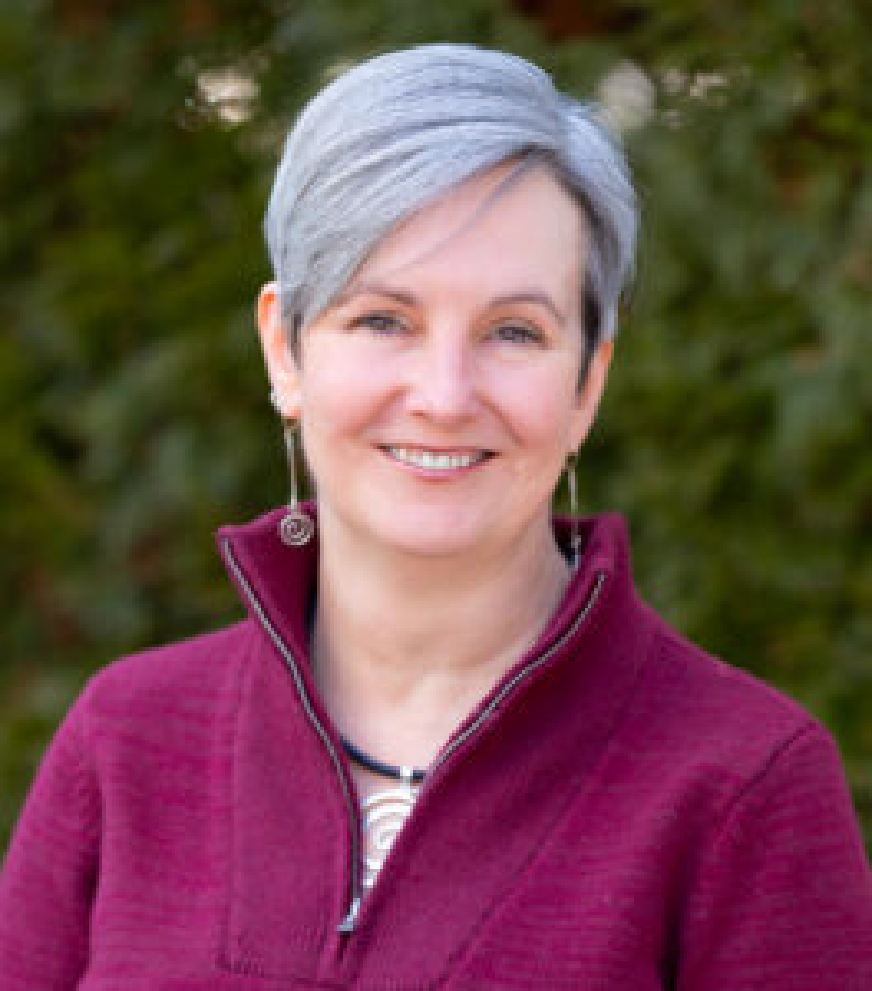
Navigating Formative Assessment in Mathematics: Lessons from Rincon Valley Union School District
We are grateful that our partners on a recent formative-assessment project, the Rincon Valley Union School District (RVUSD) in California, were willing to share some of their insights and practical lessons that can support future implementations. This blog post was drawn from an interview we conducted with the RVUSD’s leadership team (Hilary Kjaer, Tasha Lopez and Rachel Spector).
Formative assessment is among teachers’ most powerful tools in supporting student learning. But engaging with those strategies isn’t easy, nor is providing collaborative space for teachers to learn them. A recent project we worked on blended both aims. It produced useful insights about the importance of flexible leadership, even though the project didn’t get there the way we had initially planned.
During the 2023-24 school year, we worked with RVUSD on a professional-learning initiative focused on formative assessment in mathematics. This work was supported by the California Collaborative for Educational Excellence (CCEE). The initiative evolved over a two-year period, and we thought it would be useful to outline what RVUSD hoped to accomplish, what went well, what did not go as planned, and what we learned collectively from the process. We hope these insights will help other districts interested in implementing ambitious teaching reforms related to formative assessment.
Overview of the Journey
RVUSD’s journey began with a critical reflection on their mathematics program. District leaders realized that while teachers focused heavily on summative assessments, they lacked ongoing, in-the-moment evidence to guide instructional adjustments. Hilary Kjaer, the district’s assistant superintendent of educational services, noted that “we didn’t have incremental data to let us know where kids were on the journey of learning.”
To address this gap, leaders drew on survey information in which 83% of teachers reported that they were using some formative assessment practices, but often didn’t know what to do with the information they produced. “They didn’t know what the next steps would look like” once they figured out where students were at in their learning, Hilary said.
The survey also revealed variations in teachers’ math content knowledge and their understanding of how to implement the math practices outlined in the state standards. Teachers—especially upper elementary teachers—said they did not feel competent in teaching math content. The survey information led the district staff to create a professional learning initiative that built on teachers’ strengths.
Successes and Challenges
The initiative began with two pilot elementary schools as a proof of concept before scaling up to other schools in the district. During the 2023-24 school year, teachers had opportunities to engage in professional learning about math learning progressions (using OGAP resources) to support their understanding of how students learn mathematics and how to respond to formative assessment evidence. Teachers also participated in job-embedded practice and classroom walkthroughs with their grade-level colleagues. “Teachers were excited to get outside of their own walls,” Hilary said, highlighting the value of collaborative learning.
One success was the implementation of reflective action plans. Tasha Lopez, a teacher on special assignment, described these as essential for professional growth: “Having professional learning on the same ideas throughout the whole school year [rather than a once-and-done workshop], and using action plans to set goals, reflect on progress, and move practice forward, was critical,” she said. The plans allow some differentiation, with teachers identifying areas to work on between meetings, within the overarching framework of formative assessment.
However, challenges—particularly logistical ones—surfaced. A persistent shortage of substitute teachers significantly disrupted professional learning schedules. Principal engagement also proved challenging. District leaders intentionally minimized principals’ involvement to protect their time. While principals were invited to all the professional learning events, they were often called away to attend to other issues, since district staff were there to “cover” the meeting. This dynamic inadvertently limited their ability to own the formative assessment work in their schools.
There were other challenges, too. Rachel Spector, another teacher on special assignment, observed that it had been difficult for project leaders to create customized, rather than one-size-fits-all, professional learning for teachers at various stages in their careers. In addition, changes in district leadership shifted priorities and focus to other initiatives.
Strategic Responses to Challenges
In response, RVUSD’s leadership strategically pivoted in the 2024-25 school year to involve principals as instructional leaders, equipping them with the knowledge and skills to lead conversations and professional learning in their contexts and with their teachers, with a set of curated resources created by the Center for Assessment.
The intention was to help principals take more ownership of their teachers’ professional learning, but not require them to create all the materials from scratch or leave them feeling that they didn’t have the support they needed to lead effective conversations with their staff about formative assessment in mathematics.
Despite district leaders’ best intentions, principals expressed reform fatigue with the adoption of a new math curriculum and the commencement of school-wide professional learning communities (PLCs). Layering on additional professional learning on formative assessment felt overwhelming. RVUSD’s district leadership listened to their school leaders and decided to pause the work to reevaluate.
Looking Ahead
Despite the challenges, formative assessment remains central to RVUSD’s vision for instructional improvement and advancing student learning. While the district chose to focus its professional learning for 2024-25 on implementing the new math curriculum with integrity and incorporating PLCs as a normal practice, Hilary noted that PLCs have offered “the structures that our district needed in order to have formative assessment conversations.”
In fact, formative assessment practices continue to thrive through PLCs. Teachers repeatedly request formative assessment resources, demonstrating that while formal leadership initiatives have shifted, classroom-level commitment remains strong.
Tasha highlighted this persistent impact: “What’s awesome is that even though it didn’t go the way we thought it would go… formative assessment has still come to the forefront because of the PLC work.”
Lessons for Other Districts
RVUSD’s experience provides valuable insights for districts facing similar initiatives:
- Involve principals from the start: Districts must balance the need to protect school leaders’ time against the necessity that principals deeply understand and own initiatives.
- Prioritize collaborative practices: Before engaging teachers in formative assessment conversations, ensure there are common instructional practices, shared definitions, and time for teachers to collaborate during their contracted day.
- Plan for initiative fatigue: District leaders must recognize the reform fatigue of leaders and teachers and carefully pace and integrate initiatives.
- Differentiate learning for teachers at various points in their professional journey: Best practice in K-12 teaching is to tailor instruction to meet specific student needs in a particular area to meet grade-level expectations. And yet, when it comes to professional learning for educators, we rarely consider how teachers are not all at the same place or need the same things based on where they are in their professional journey.
Ultimately, RVUSD’s journey underscores the complexities and opportunities inherent in professional learning initiatives, especially those focused on changing classroom instructional practices. By thoughtfully navigating challenges and strategically integrating formative assessment into broader professional learning efforts, the district continues to advance its commitment to meaningful and sustained instructional improvement.
Photo by Allison Shelley for EDUimages

